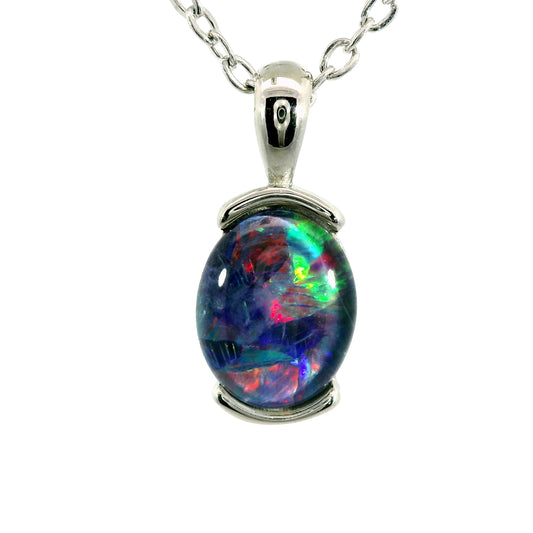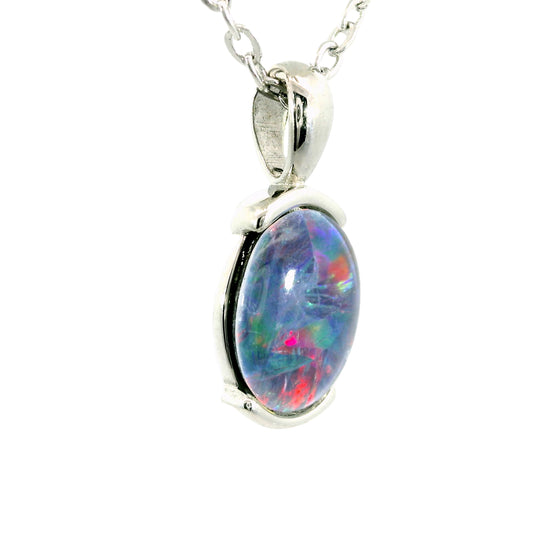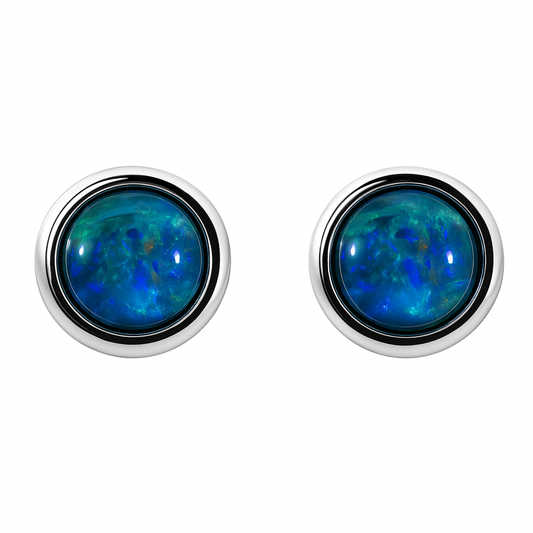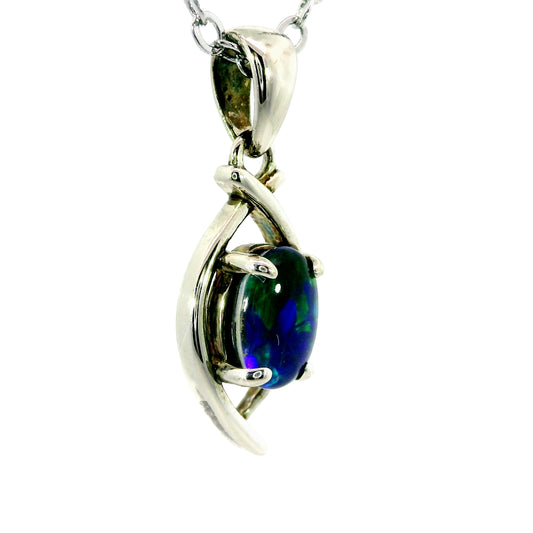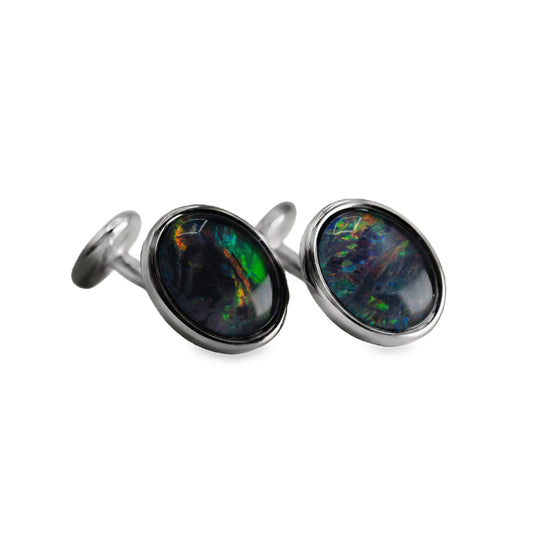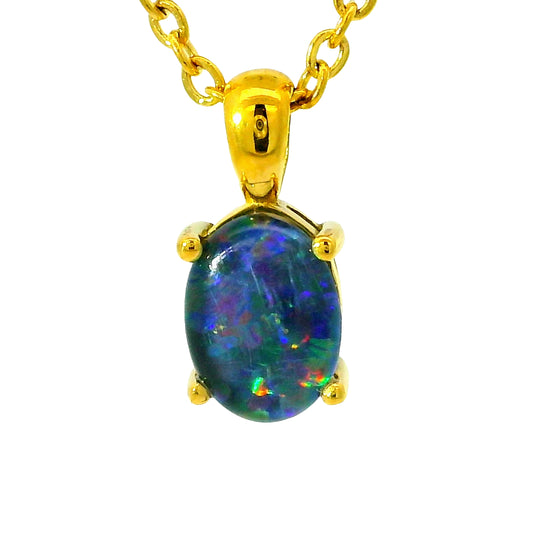How is Opal Mined- Australian Opal Cutters
Opal Mining in Australia

The history of opal mining in Australia, a story of success against all odds, can be traced back to the 1800s. In 1915, a group of people were prospecting for gold at the edge of the Great Victoria Desert, northwest of Adelaide. A 14-year-old boy accidentally found an opal while making camp one night, which triggered an 'opal rush' and soon the settlement of Opal mining fields was founded such as Coober Pedy, formerly known as the Stuart Range Opal Field and the Lightning Ridge in NSW. The bulk of the world's opal continues to be produced. Since then, a unique Australian mining culture has risen. Australia has taken over as the major producer of opals in the world and remains the largest producer to this day.
“
Australia produces 95% of the world's precious opal
Historically, the most typical way of opal mining was conducted by two or more people by shaft sinking, tunnelling and following the opal ‘level’ using picks and shovels. With the aid of hand-operated winches, opal miners hauled buckets of excavated material to the surface.
Opal Mining in 1925
The opal mining industry in Australia is highly mechanised today, but it is still in the hands of individuals working in small mining leases or claims operated under various state mining regulations. For instance, both underground and open cut mining are permitted in South Australia, whereas only underground mining is allowed in New South Wales except for exceptional circumstances.
Exploration
Surface prospecting and drilling are the two primary means of exploration. For opal miners, the use of 9-inch auger drills is the preferred choice, as these drills are able to recover pretty sizable samples of opalised zones. The wet (puddlers) or dry (rumblers) rotating screen equipped on many of these rigs can separate harder drill chips which may include opal from the enclosing softer sediments. Because precious opal is present in well-defined stratigraphic and structural traps, geophysical surveys using magnetic, resistivity, shallow seismic and ground penetrating radar have been used with varying success.

Mining
Drilling vertical shafts of nearly 1 metre in diameter using large-diameter bucket drills is how mining is typically conducted today, which enable opal miners to bring a bulk sample of nearly one cubic metre or more to the surface. The bulk sample is examined for the extraction of opal fragments, usually by washing and screening. When potentially economical opal is found, jack hammers or underground hydraulic excavators are often used to excavate drives or tunnels. With the aid of 'blowers' or automated bucket winches or conveyors, the excavated material is sucked to the surface. All the excavated material is transported to large processing centres known as puddling dams at Lightning Ridge. In the processing centres, modified concrete trucks are used to rotate, wash and screen the ore. The washing process is not completed until only the harder fragments remain. Next, the harder fragments are sorted by hand, searching for any precious opal which is then sent for assessment, cutting, polishing and sale.

Noodling
'Noodling' refers to the search for pieces of opal in discarded mullock heaps which might have been missed in the initial mining operation. For health and safety reasons, it is illegal for tourists to enter mining leases or claims without special permission from the mine owner except for visitors with a licensed fossicking permit.


Source: Geoscience Australia (2020). Opal. [online] Available at: https://www.ga.gov.au/education/classroom-resources/minerals-energy/australian-mineral-facts/opal [Accessed 10 December 2020]











































































































